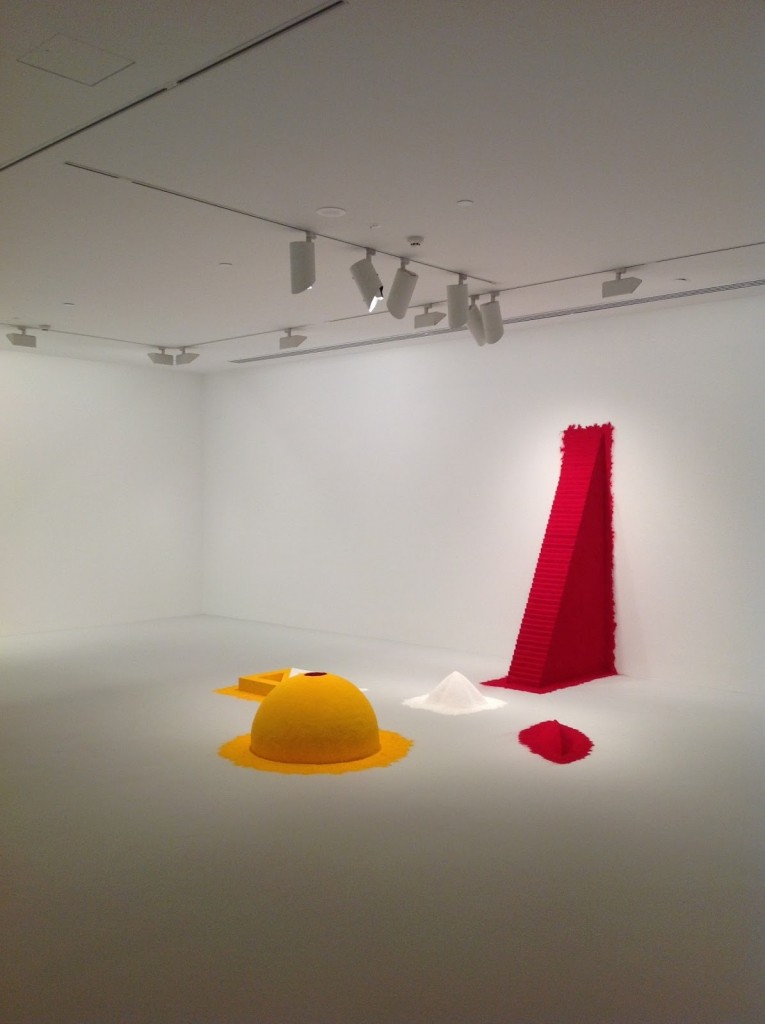If you are anything like me, your social media feed for the past couple of weeks has probably been a Justin Trudeau fest. The video of his recent swearing-in ceremony, with the most diverse cabinet in Canadian history, has been re-posted so many times that I am beginning to wonder if any of my Facebook friends really voted for Tony Abbott (or Stephen Harper, or Narendra Modi). Then there is that charming YouTube video of Trudeau performing Bhangra at what appears to be an Indian community event in Montreal, which already has over a million views.
I am not suggesting that Trudeau’s politics or his party’s policies merit uncritical celebration, and there are pieces suggesting that the cabinet is not as diverse as we think. During a visit to Toronto in 2007-2008 while doing fieldwork for a doctorate on Indian-Canadian filmmaker Deepa Mehta’s “elements” trilogy, I had my first opportunity to understand Canadian society, and compare its diasporas to those I had experienced in Australia. As I followed Mehta shooting a new film on the rampant issue of domestic violence in migrant Punjabi families, I also learned from the local papers that the residents of Brampton (a suburban city of Toronto where those of South Asian ethnicity outnumber the white population) were protesting due to hospital shortages there. For those interested, Canadian comedian Russell Peters grew up in Brampton, and has spoken at length about being bullied in school due to his ethnicity.
When I asked Mehta about her film and the complex issue she was documenting, she mentioned that the government was struggling to tackle it in a holistic manner as most Asian women were unlikely to call 911 for fear of losing their dignity. However, she added that a local Sikh gentleman called Baldev Bhattal was working with both women and men in the situation, as he was cognizant of the dynamics of immigration. I later found out that people of Indian origin were active in grassroots activism and institutional politics in Canada, and wondered whether that had any bearing on Mehta’s Water (largely set in India, and in Hindi) being the nation’s nominee for the Academy Awards.
Mostly, I wondered because at that stage, I was yet to see anyone of South Asian ethnicities gain prominence in Australian media, politics, or the arts. I spoke to many fellow members of the Indian diaspora in Adelaide while making a documentary on the subject, and met the most conscientious of doctors, engineers, and accountants in training. Some of them ran the odd Bollywood dance school, or performed classical music, but were also devoutly on a “professional” path with a secure income stream.
In Sydney today, I see a handful of South Asian-Australians standing for political office at each level of government. There is also a degree of grassroots work on issues such as spousal abuse and youth unemployment. However, the stories I hear from the young people in these communities largely reify the ‘model minority’ stereotype. While this term is mostly used to refer to Asian Americans (who are assumed to be academically advanced, yet politically submissive), it has also recently been applied to certain minority groups in Australia. For instance, in a report titled ‘Beyond the Lost Decade’, a taskforce set up by the Australia India Institute concluded that the Indian diaspora in Australia was ineffective in the political arena as most members “flew under the radar”.
There are, undoubtedly, many structural barriers that prevent the children of first-generation migrants from breaking into influential, albeit financially unreliable domains such as politics, arts and culture. Sydney-based filmmaker Pearl Tan has documented this in a web series titled “Minority Box” where she interviews non-white actors regarding the opportunities and obstacles they encounter in the industry. The segment on Indian male actors aged 18-35 is telling for a couple of reasons: most report that their parents were either reluctant or slow to encourage their choice of career, and also that they are highly likely to be cast as the Indian “taxi driver” or the “not unattractive nerd”.
In my work on the lack of diversity in the Australian popular media (such as the Masterchef series), I have similarly found that those of non-white ethnicities tend to be typecast as palatable representatives of their community, rather than as fully-fledged individuals or Australians. At the same time, when I look at my creatively talented friends and colleagues who happen to be first or second-generation migrants (including the co-founders of “Southern Crossings”), I am astounded at why more of us don’t have a space in the mainstream. On the one hand, we simply need parental figures to nurture the creative proclivities of the next generation, and to help find role models and mentors. It is also my contention that akin to what may be the case with representation in Canada, the space at the centre needs to be claimed rather than requested.
It is probable that the existence of a bicultural state in settler colonial societies such as Canada and New Zealand made the transition to multiculturalism a tad smoother than has been the case in Australia. However, this does not absolve us (white and non-white) of the responsibility to strive for more proportional representation of Indigenous peoples, and non-white migrants in the nation’s arts and cultural spheres. The route to getting there may not be just a token brown doctor on Offspring, or the odd ABC series directed by an Asian-Australian. We also need to be politically proactive and claim our own legitimacy as Australian citizens rather than acting as mere exotic condiments to an otherwise complete dish.


Some valid points here. The lack of ethnic diversity in advertising is especially noticeable. I am not as academic as you so I lack the words. I call it “racist.” Obviously companies are aiming at a traditional Anglo Celt audience and therefore ads contain people of those ethnic backgrounds it it. To be honest multicultural Australia is a fraud. Look at all the power bases in society – the police, the army, the media, the arts, the judiciary, politics, the public service – all still dominated by the Anglo Celts. And they jealously keep out many people from migrant backgrounds, especially ones who have their own opinions and do not try and assimilate into Anglo Celt behaviour patterns.
It is widely acknowledged that those in power, whatever their gender or ethnic background, are unlikely to want to share it (let alone capitulate altogether). What I am interested in is the idea that integration and proportional representation is everyone’s responsibility. If this is not the case, we will always be playing by the rules of the already privileged, and celebrating when they concede us a little bit of tokenistic ground.